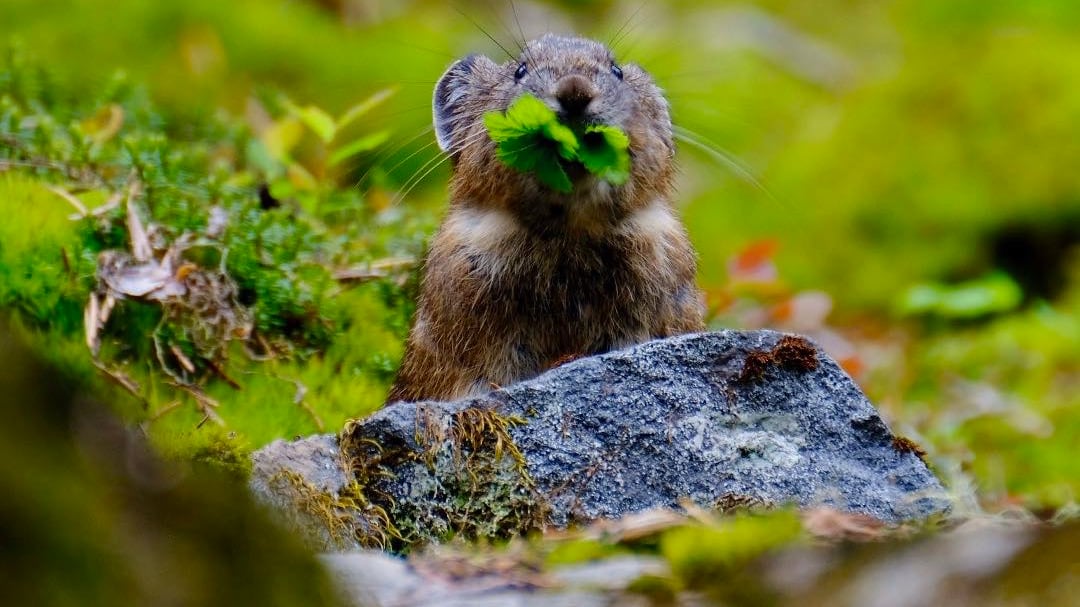Oregon pikas are tough.
The pint-sized mammals, known for their distinctive shrill chirp, were hit hard by the 2017 Eagle Creek Fire, which burned much of the Columbia River Gorge pika habitat. But they are making a swift recovery.
Last year, volunteers counted pikas in 18 of the 45 gorge sites surveyed. This year, volunteers found pikas at 45 of the 52 sites surveyed, according to a release from the Oregon Zoo.
"We still aren't seeing numbers as high as before the fire, but things are definitely looking up," Amanda Greenvoss, who coordinates the zoo's pika watch program, said in a statement. "This is great news for our pika population."
Pikas in the U.S. are often found in high-elevation mountain habitats, which makes the pika population in the gorge—a relatively low elevation—of particular interest.
This year, 155 volunteers spent around 1,620 hours tracking the "fluffy, potato-sized mammals," the zoo wrote in a release.
"Due to their small size and their ability to blend in with their rocky habitat," Greenvoss said, "pikas can be really tricky to see—especially if you don't know what to look for."
The zoo's five-year-old Cascade Pika Watch program operates thanks to a $24,100 U.S. Forest Service Citizen Science grant, which helps fund pika habitat and population data collection.

